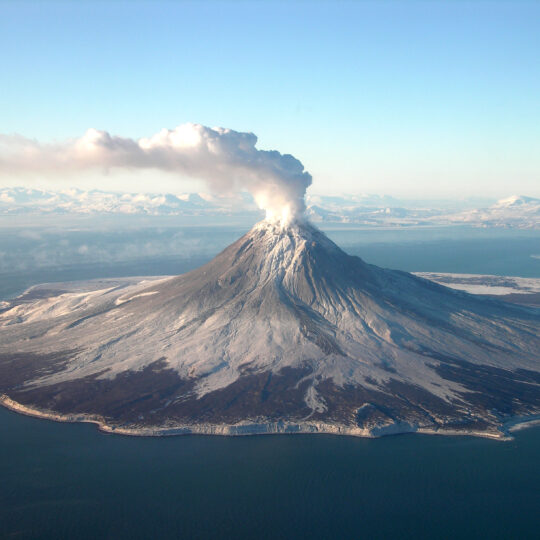
Unit Overview
What locations on Earth are most at risk of loss of life and property caused by an earthquake, volcanic eruption, or tsunami in the near future? Why do populations live in these risky areas?
In 2011, an earthquake and tsunami in Japan caused a nuclear disaster that we are still recovering from. In 2022 a volcanic eruption occurred at Tonga that was heard thousands of miles away and produced a massive tsunami. Natural disasters caused by tectonic plate movement, like these, are not new to Earth’s history, and have long played a part in human societies. After learning about these events and others, how they occur, and the vulnerability of different populations, students explain how these events have impacted humans in both positive and negative ways.
Performance Expectations:
HS-ESS1-5, HS-ESS2-1, HS-ESS2-3, HS-ESS3-1
Copy all of the unit materials by clicking here
Unit Storyline
How do earthquakes, volcanic eruptions, and tsunamis occur? What populations are most at risk from a disaster caused by these natural hazards? What does this mean for the possibility of an earthquake, volcanic eruption, and tsunami occurring where we live?
Where do earthquakes, volcanoes, and tsunamis occur? What is going on at and underneath the location where these hazards occur?
What direction do the plates move? How does their interaction cause what we observe and experience on Earth’s surface?
Where is the energy that is needed to move these massive plates and in turn natural hazards and surface features? How is it reaching Earth’s surface?
Where is the energy that is needed to move these massive plates and in turn natural hazards and surface features? How is it reaching Earth’s surface?
In addition to the unit Performance Task, this unit includes a mid-unit formative task designed to serve as individual assessments that are part of a broader assessment system. Request access to these assessments or learn more about our assessment system using the buttons below.
Essential Documents
A collection of printable materials required for activities, rubrics, and work samples for the unit.